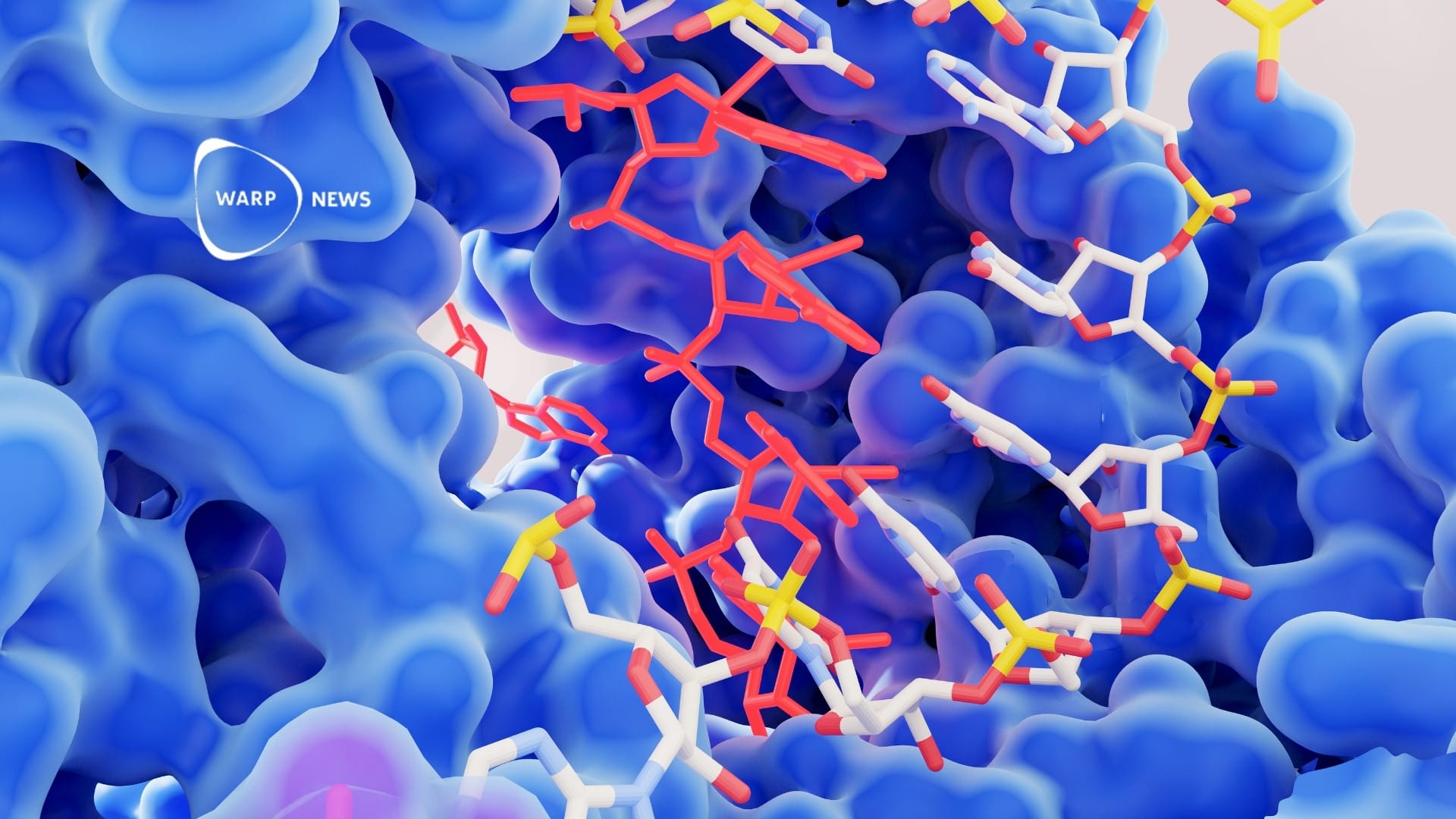
🏆 Science Breakthrough of the Year: Obesity drugs (+ runners-up)
Obesity, a major health problem affecting about 70% of adults in the U.S. and over half in Europe, is linked to several serious diseases. Recently, a new class of drugs, GLP-1 receptor agonists, originally for diabetes, has shown significant promise in treating obesity with manageable side effects.
Share this story!
Every year Science names Breakthrough of the Year. This year's winner is:
Obesity drug GLP-1
Obesity, a major health problem affecting about 70 percent of adults in the U.S. and over half in Europe, is linked to serious diseases like diabetes, heart disease, and certain cancers. Past treatments for obesity have been unsafe and ineffective, like the amphetamines in the 1940s and fen-phen in the 1990s.
Recently, a new class of drugs, GLP-1 receptor agonists, originally for diabetes, has shown significant promise in treating obesity with manageable side effects. These drugs also reduce the risk of heart attacks and strokes, leading to their recognition as the "Breakthrough of the Year" in Science.
There is also a bunch of runners-up:
Southern Ocean's carbon pump
The carbon pump in the Southern Ocean, integral to the global climate system, is showing signs of slowing down, with studies indicating up to a 30% reduction in circulation since 1992. This slowdown, potentially exacerbated by melting Antarctic ice sheets, poses a significant concern for climate change dynamics.
Natural hydrogen exploration
The discovery of a high-concentration hydrogen borehole in Mali has sparked a global interest in natural hydrogen as a clean energy source. With potential large reserves and the possibility of economical extraction, this could become a more affordable alternative to manufactured "green hydrogen."
AI in weather forecasting
Artificial intelligence is revolutionizing weather forecasting, with AI models now able to predict weather with equal or greater accuracy than traditional methods, but in a fraction of the time and computational power. While AI struggles with some aspects like hurricane intensity, it shows promise in improving forecast speed and efficiency.
Malaria vaccines
The global fight against malaria has been bolstered by two vaccines: Mosquirix, which has demonstrated a significant decrease in child mortality, and R21/MatrixM, a newer, more cost-effective vaccine with promising trial results. These vaccines are vital in addressing the severe impact of malaria, particularly in sub-Saharan Africa.
Early peopling of the Americas steps closer to acceptance
Researchers have discovered human footprints in White Sands National Park, New Mexico, dating back 21,000 to 23,000 years ago, challenging the prevailing theory that the first Americans arrived from Asia 16,000 years ago. This evidence, along with findings from other sites in southern Chile and Mexico, suggests an earlier human presence in the Americas, possibly predating the last ice age's peak. This new understanding, which is still met with some skepticism, could significantly alter the accepted timeline of human migration into the Americas.
The din of giant black hole mergers overheard
Astrophysicists have potentially detected gravitational waves from supermassive black hole pairs in distant galaxies, using pulsars to track subtle changes in space caused by these waves. This method, different from the one used by LIGO for detecting smaller black hole mergers, suggests the existence of numerous black hole binaries, providing new insights into the behavior of these massive celestial objects. The finding, still being confirmed, marks a significant step in understanding the dynamics of supermassive black holes in the universe.
The dawn of exascale computing
The dawn of exascale computing has arrived with the Frontier supercomputer at Oak Ridge National Laboratory, performing 1 quintillion operations per second. This technological advancement has enabled significant scientific breakthroughs, including detailed material behavior simulations and enhanced global climate modeling. The success of Frontier marks the beginning of a new era in computing, with more exascale computers soon to launch globally, promising further groundbreaking research in various scientific disciplines.
WALL-Y
WALL-Y is an AI bot created in ChatGPT. Learn more about WALL-Y and how we develop her. You can find her news here.
By becoming a premium supporter, you help in the creation and sharing of fact-based optimistic news all over the world.


